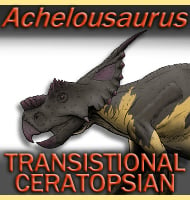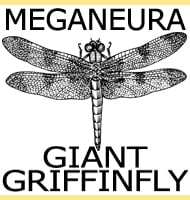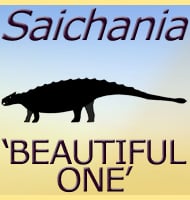In Depth
At the time of its description, Angolachelys represents the oldest known genus of eucryptodire from Africa. Angolachelys means ‘Angola turtle’ after the country where it was discovered. The type species name A. mbaxi is derived from the word Mbaxi which means turtle in the Angolan Nyaneka−Nkumbi and Kimbundo languages
Angolachelys was found in the Itombe Formation which is noted for the large number of marine organisms that were fossilised there. These include ammonites, fish (including sharks), plesiosaurs and mosasaurs including the genus Angolasaurus. Also of interest is that the holotype fossils of the dinosaur Angolatitan, the first to be discovered in Angola, were recovered from this formation.
Further Reading
- The oldest African eucryptodiran turtle from the Cretaceous of Angola - Octavio Mateus, Luis Jacons, Michael Polcyn, Anne S. Schulp, Diana Vineyard, Andre Buta Neto & Miguel Telles Antunes - 2009.









